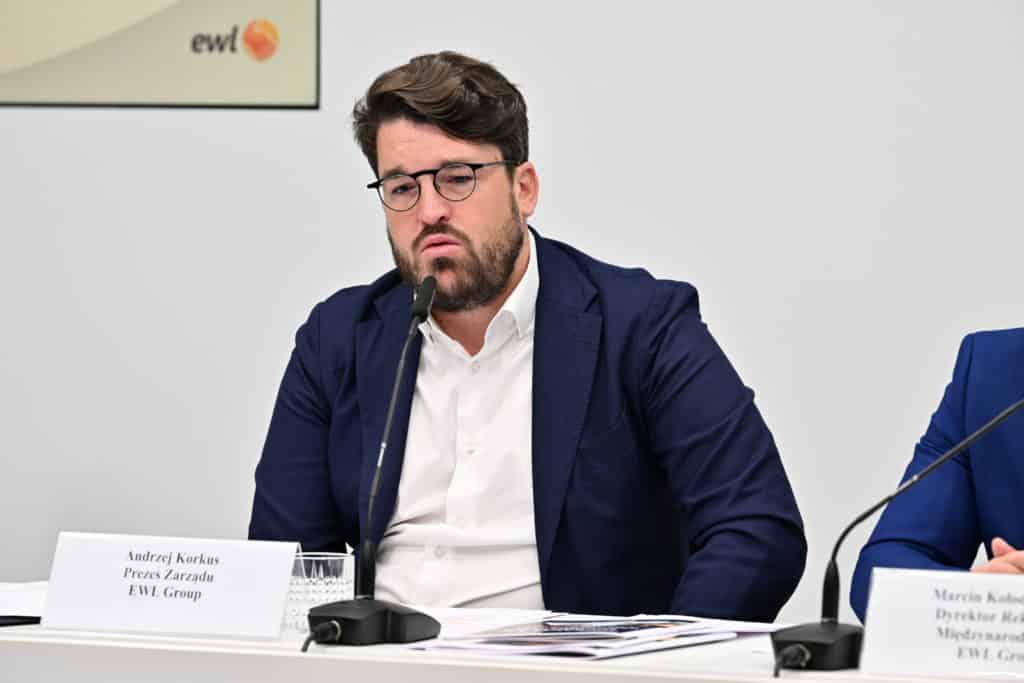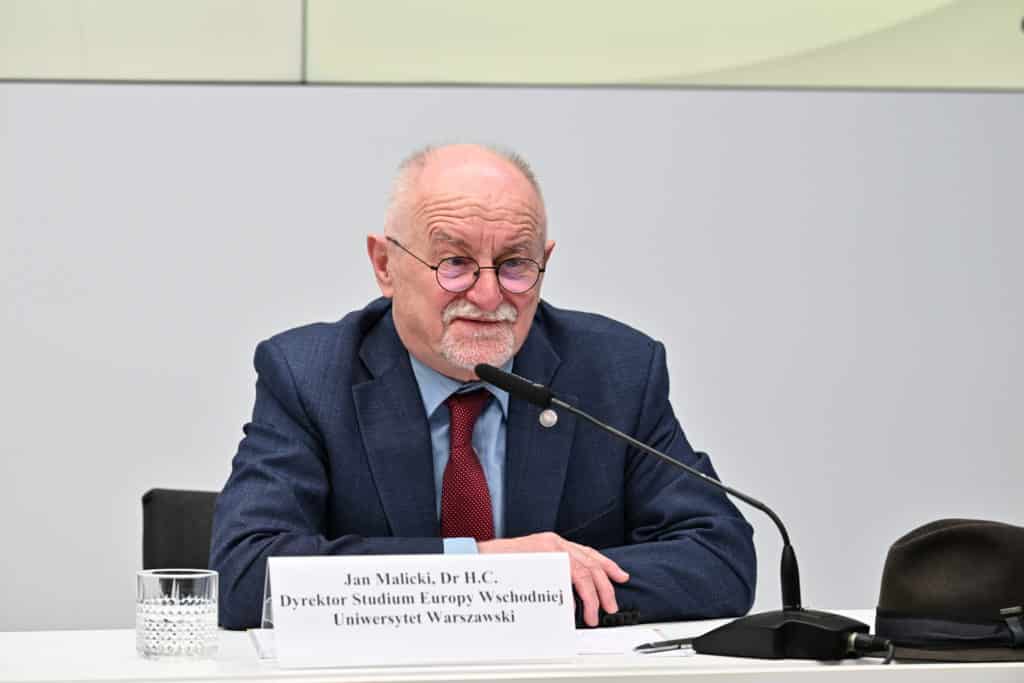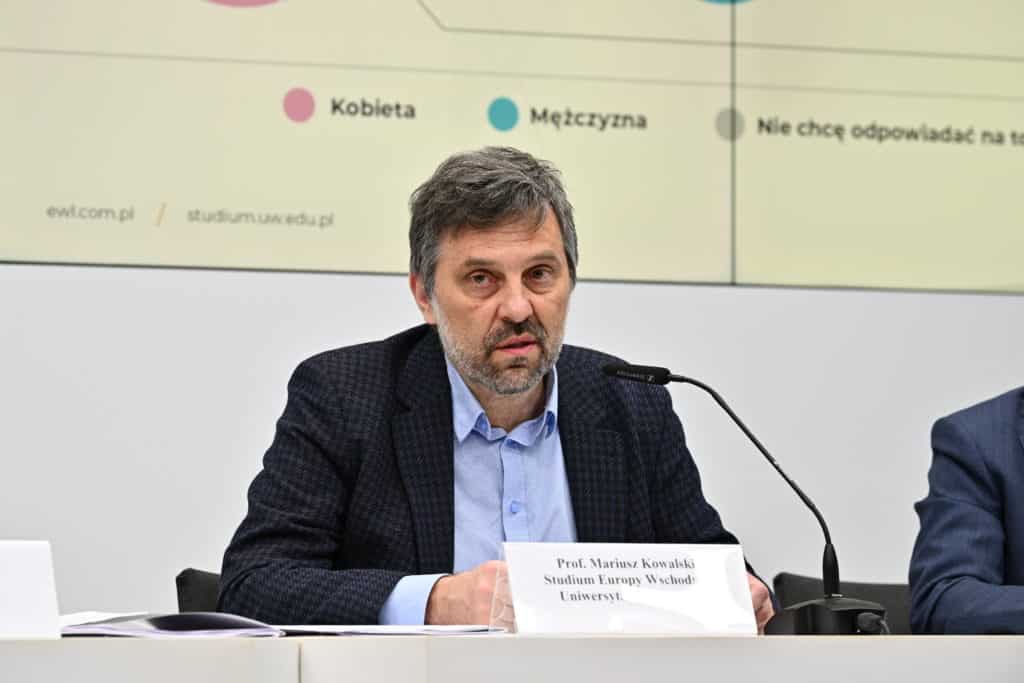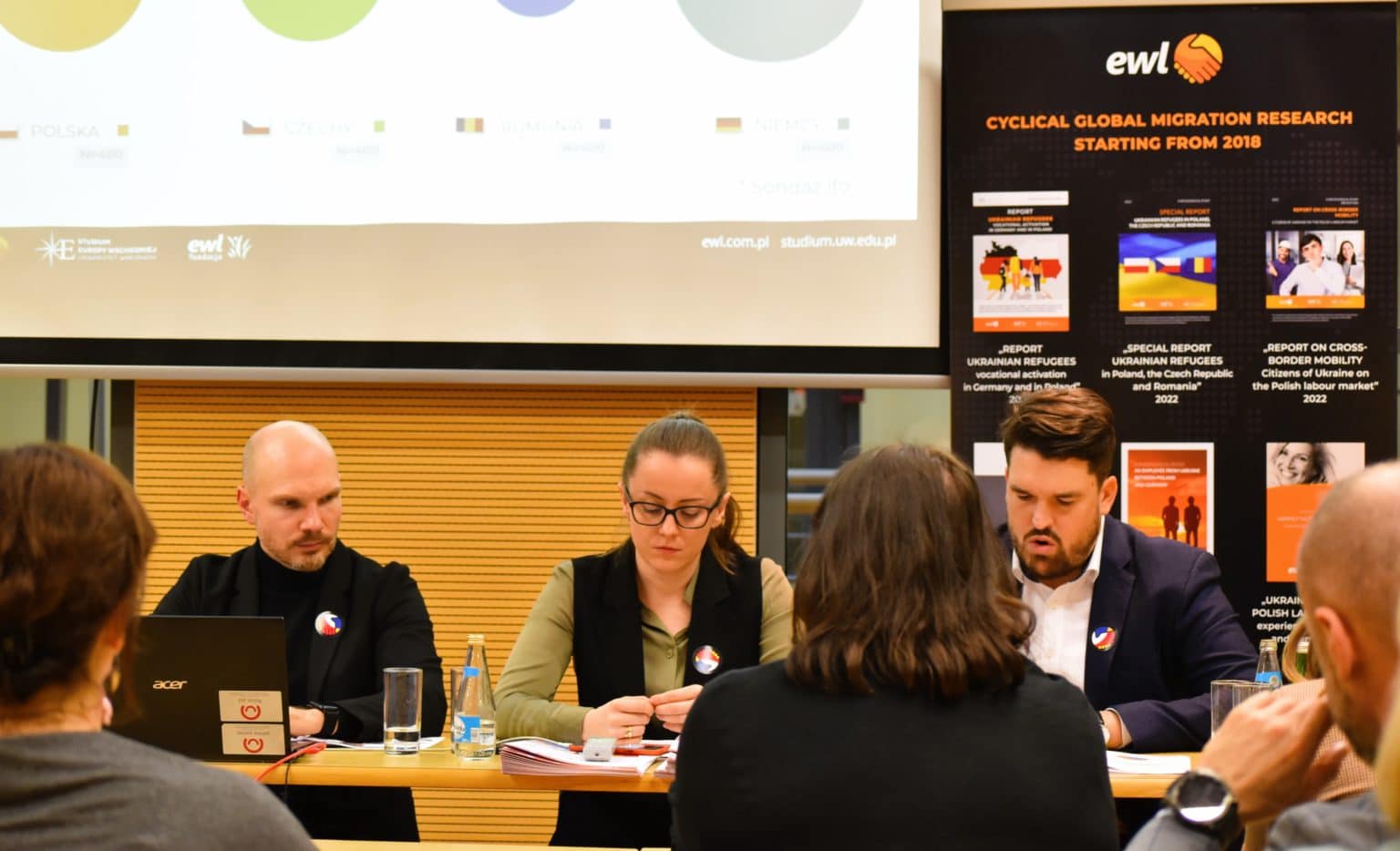Immigrants from Asian and Latin American countries, despite a language barrier and a long employment process, show a strong desire to work in Poland, are satisfied with their employment in the country and plan to stay in Poland for the long term. The challenges the migrants are facing while working in Poland are the language barrier and the time-consuming employment process. This is evidenced by the results of Poland’s first survey with non-European migrants working in the country. The survey ‘Migration 2.0. Poland in the Global Race for Talent from Asia and Latin America’ was conducted by the EWL Group and Centre for East European Studies UW, and its results were published on 13 May in Warsaw.
A dynamic increase in the number of Asian and Latin American workers in Poland
The last five years have seen a noticeable change in the number of work permits issued in Poland for foreigners from Asian and Latin American countries. In 2019 almost 55,000 permits were issued to citizens from these two regions. In 2023 it was already over 275,000, so a fivefold increase. It is worth stressing that work permits for citizens of Latin American countries were characterised by an even higher growth rate of more than 12 times – in 2019 more than 1,300 such documents were issued, and last year more than 16,500. According to data from the Social Insurance Institution, in 2023 the largest annual increase in the group of foreigners working in Poland was recorded by Colombians (215%), Nepalese (110%) and Argentinians (75%). In comparison – the increase in the number of Ukrainians in 2023 was less than 2%.
‘Russian aggression against Ukraine and the closing of the borders have strongly affected the situation on the Polish labour market. Until now, Ukrainian citizens have accounted for more than 85% of foreigners working in Poland, filling in personnel gaps in many sectors. Currently, their inflow has fallen dramatically and some Ukrainian migrants have gone further west. Men amount only to 31% of Ukrainian citizens who have stayed in Poland, according to our research. And this means that the Polish economy is drastically lacking male hands for work.’
says Andrzej Korkus, CEO of the EWL Group.

According to the expert, this situation is not yet strongly felt by the Polish economy due to the lower demand for employees as a consequence of the negligible economic growth last year (0.2%). However, forecasts of over 3 per cent GDP growth for 2024 and 2025 paint a picture of a rapid acceleration of the Polish economy with the lowest unemployment in the EU (2.9 per cent).
‘In tandem with the disbursement of significant European funds (including the National Recovery Plan), investment in both industry and infrastructure is to be expected. Due to low unemployment and record high levels of employment, the declining dynamics of arrivals of economic migrants from Ukraine, Poland is faced with the necessity of looking for workforce that comes from non-European directions.’
adds Andrzej Korkus.
Non-European immigrants are satisfied with working conditions and want to stay in Poland for longer
The EWL study showed that men predominate (75%) among Asian and Latin American immigrants working in Poland. This, according to the authors of the report, is significant data in the context of personnel shortages on the Polish labour market, as it is immigrants from Asia and Latin America who often hold key positions in industries such as industrial production (30%), agriculture (9%) or construction (6%). Most of them are young people, with an average age of 35.
The report also states that Poland is a very attractive destination for economic migration for Asian and Latin American nationals. In order to reach this country and take up employment, non-European immigrants are ready to invest significant resources – on average more than USD 1,500. To come to Poland, they invest amounts that are often equal to several months’ earnings in their home country.
‘Poland, traditionally perceived as a country of emigration, to our surprise is increasingly becoming a country of immigration, a country that immigrants choose with a conviction of security, stability and development. Figures confirm it. In 2011 the number of foreigners staying in Poland was estimated at around 110,000, and a decade later at over 2 million.’
emphasizes Jan Malicki, Director of the Centre for East European Studies at the University of Warsaw.

As the survey shows, Asian and Latin American immigrants do not feel disappointed when working in Poland. The average monthly net earnings are around USD 950, indicating an almost threefold increase in income for Latin American immigrants and almost fourfold for Asian workers. More than half of the respondents admit that their current job in Poland matches their qualifications (60%). Particularly noteworthy is the fact that the high NPS rate, which reached 69 points in the survey, testifies not only to the positive attitude of Asian and Latin American workers towards the employment and living conditions in Poland, but also proves that they want to be associated with Polish employers for the long term.
Almost half of the Asian and Latin American immigrants (47%) express their willingness to stay in Poland for longer than two years, which is also a signal of their readiness to stay in the Polish labour market for the long term.
‘Non-European workers declare that they intend to work for an average of two years in their current place of employment. The main reasons that might prompt them to leave early include a more attractive job offer primarily in Poland (56%). In comparison, a better job offer in another country was chosen by more than twice as few respondents (26%). This confirms the fact that the majority of Asian and Latin American immigrants perceive Poland as the main destination for economic emigration.’
says Marcin Kołodziejczyk, International Recruitment Director of the EWL Group.

Language barrier and time-consuming employment process in Poland – the biggest problems for non-European workers
One of the main problems related to residence and employment of non-European workers in Poland is the language barrier. According to the survey, half of the respondents (52%) declare that they are able to communicate in the workplace in Polish, and 43% are actively trying to learn the language, but the language barrier remains the main challenge and concern for almost half (46%) of economic immigrants from Asia and Latin America.
‘This fact points to the need of increasing the offer and availability of language courses, also by the employers. Consequently, knowledge of the local language not only makes it easier for immigrants to function on a day-to-day basis, but also fosters a greater attachment to the country in which they are staying, which may lead to long-term decisions to stay in Poland.’
comments professor Mariusz Kowalski from the Centre for East European Studies at the University of Warsaw.

Another challenge is the long process of employing Asian and Latin American migrants in Poland, taking into account obtaining work permits and the necessary visa procedures. More than half of the respondents (58%) state that the process took between 3 and 6 months. The average time to complete the formalities was 5 months and 11 days, suggesting excessive time-consuming procedures.
According to the authors of the study, the lengthy employment process can be an obstacle for potential candidates from outside Europe who are considering employment in Poland and, consequently, influence their final decision on the choice of the destination country. Furthermore, the long waiting process for non-European workers may also result in discouragement of Polish employers, who often need manpower for work “here and now”.
‘Poland is facing a key challenge: the employers, as well as the public, have to learn to efficiently and effectively manage the process of hiring labour migrants from destinations other than Europe, primarily from Latin America and Asia. The alternative is the risk of losing the competitive edge to other countries that are also looking for workers. The future of the Polish economy and maintaining its potential for development are at stake.’
stresses Andrzej Korkus.
In the context of integration of Asian and Latin American immigrants employed in Poland, it is worth mentioning that 78% of respondents declare that they integrate in Poland at the workplace. This is key data in the context of the adaptation of labour migrants, indicating how important the professional environment is for the newcomers to Poland. Only 7% of respondents state that they do not integrate into Polish society.
The survey with Asian and Latin American immigrants working in Poland was conducted in a hybrid manner: by means of online CAWI (30%) and F2F (70%) interviews between 25 March – 8 April 2024 on a sample of a total of N=450 adults (18+), including n=324 Asian workers and n=126 workers from Latin America who were staying in Poland at the time of the survey. The interviews were conducted with citizens of different countries and nationalities, including those from Asia (Bangladesh, Cambodia, China, India, Indonesia, Kyrgyzstan, Kazakhstan, Malaysia, Myanmar, Nepal, Philippines, Sri Lanka, Thailand, Vietnam) and from Latin America (Argentina, Brazil, Chile, Colombia, Cuba, Venezuela).




